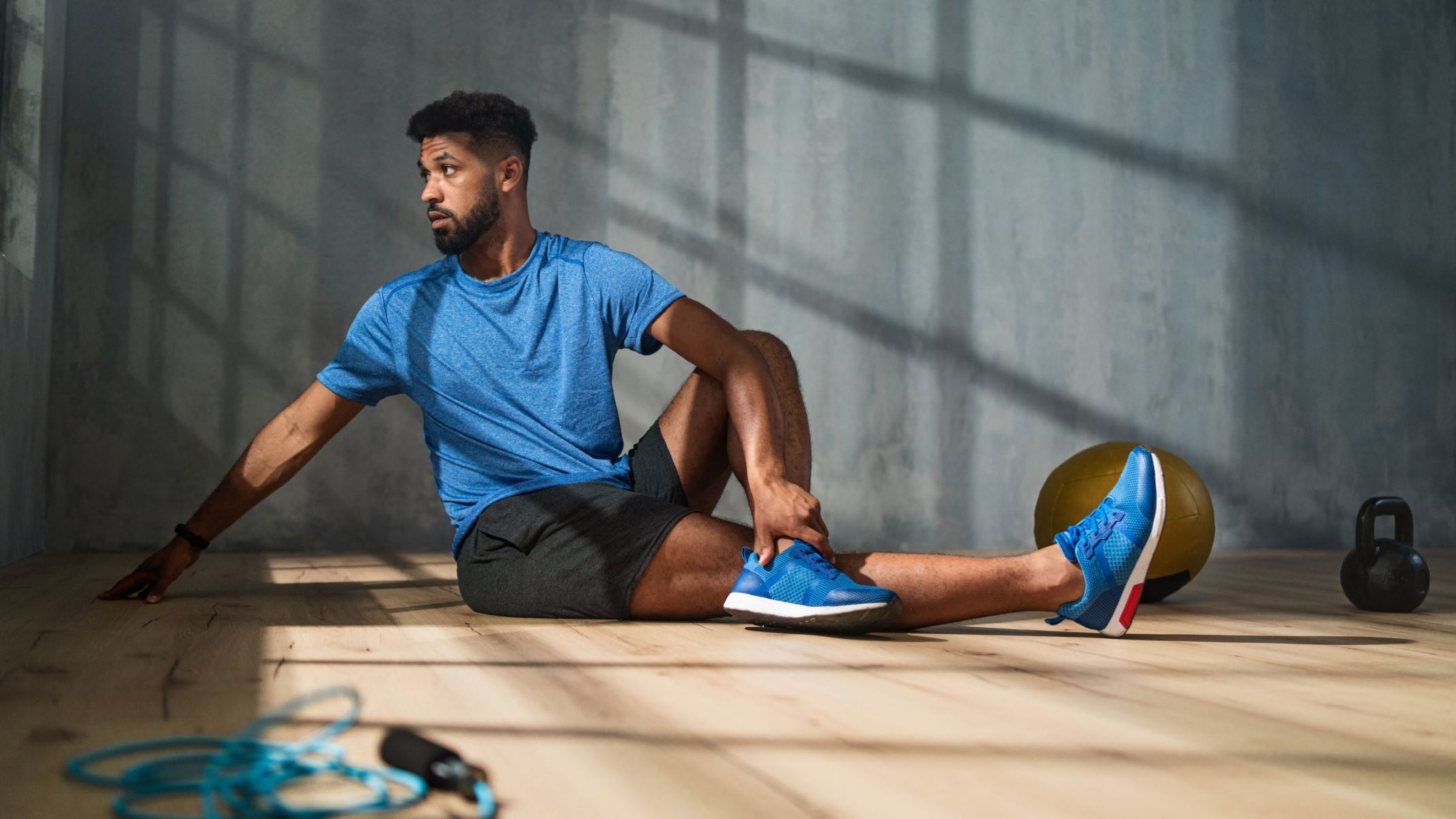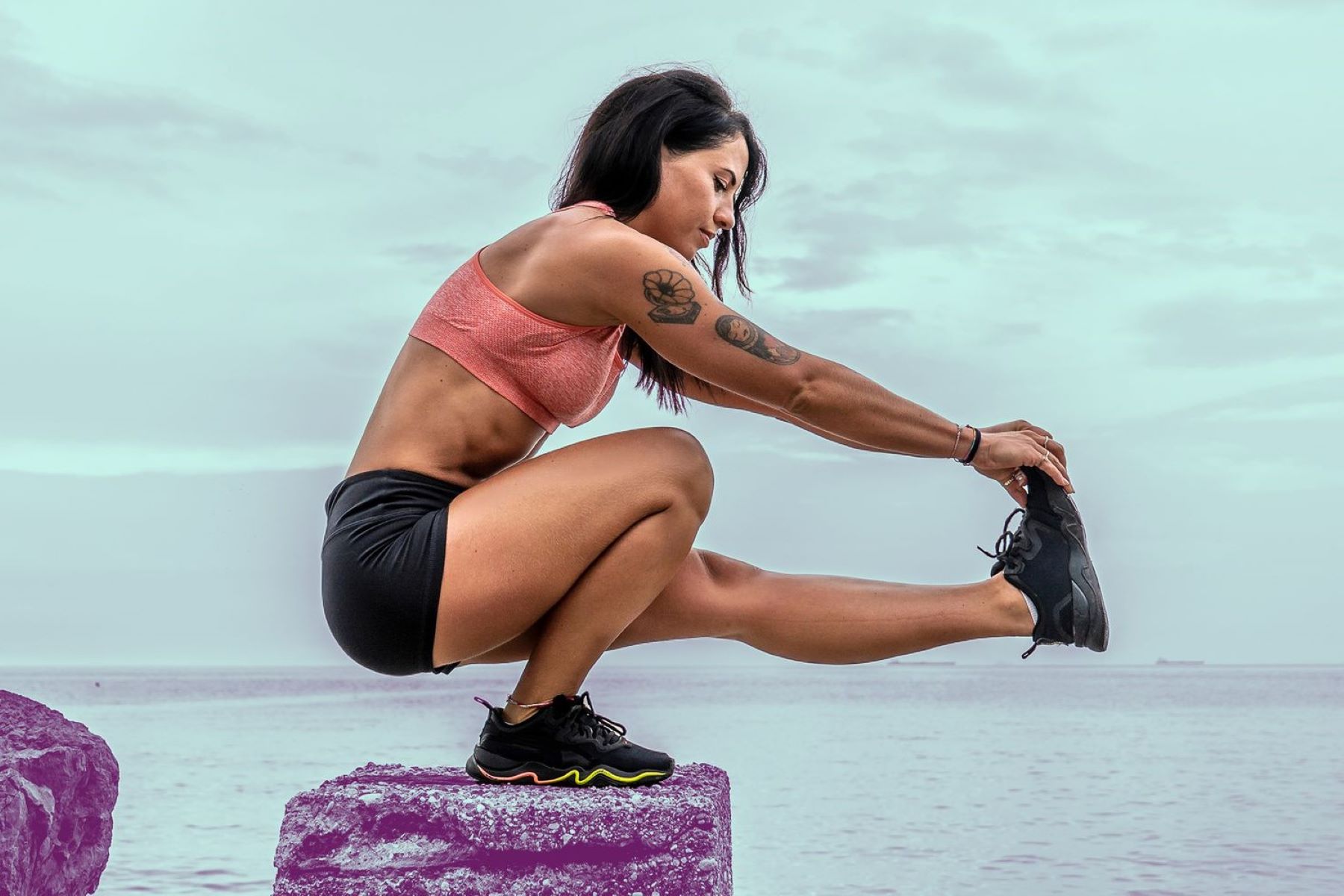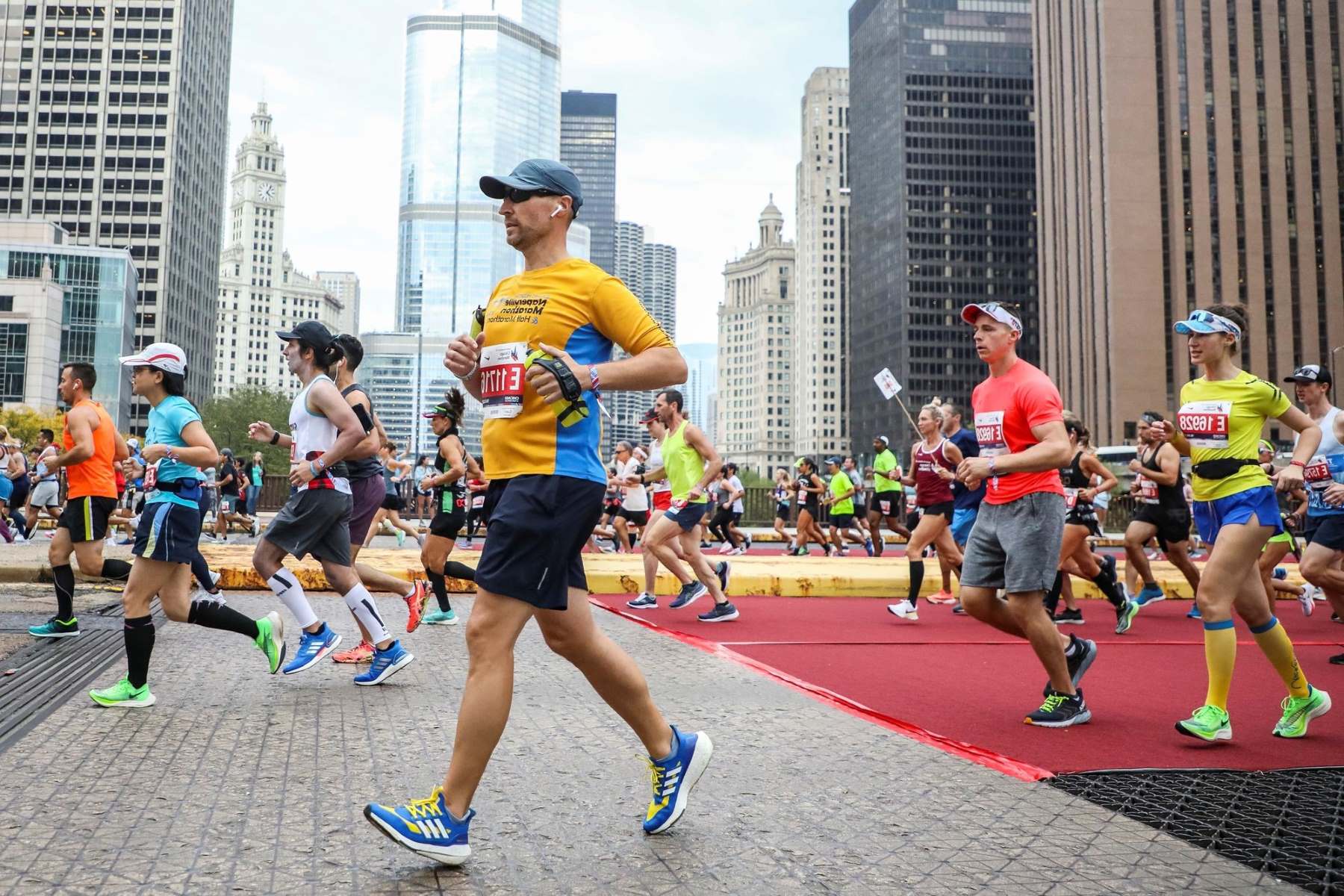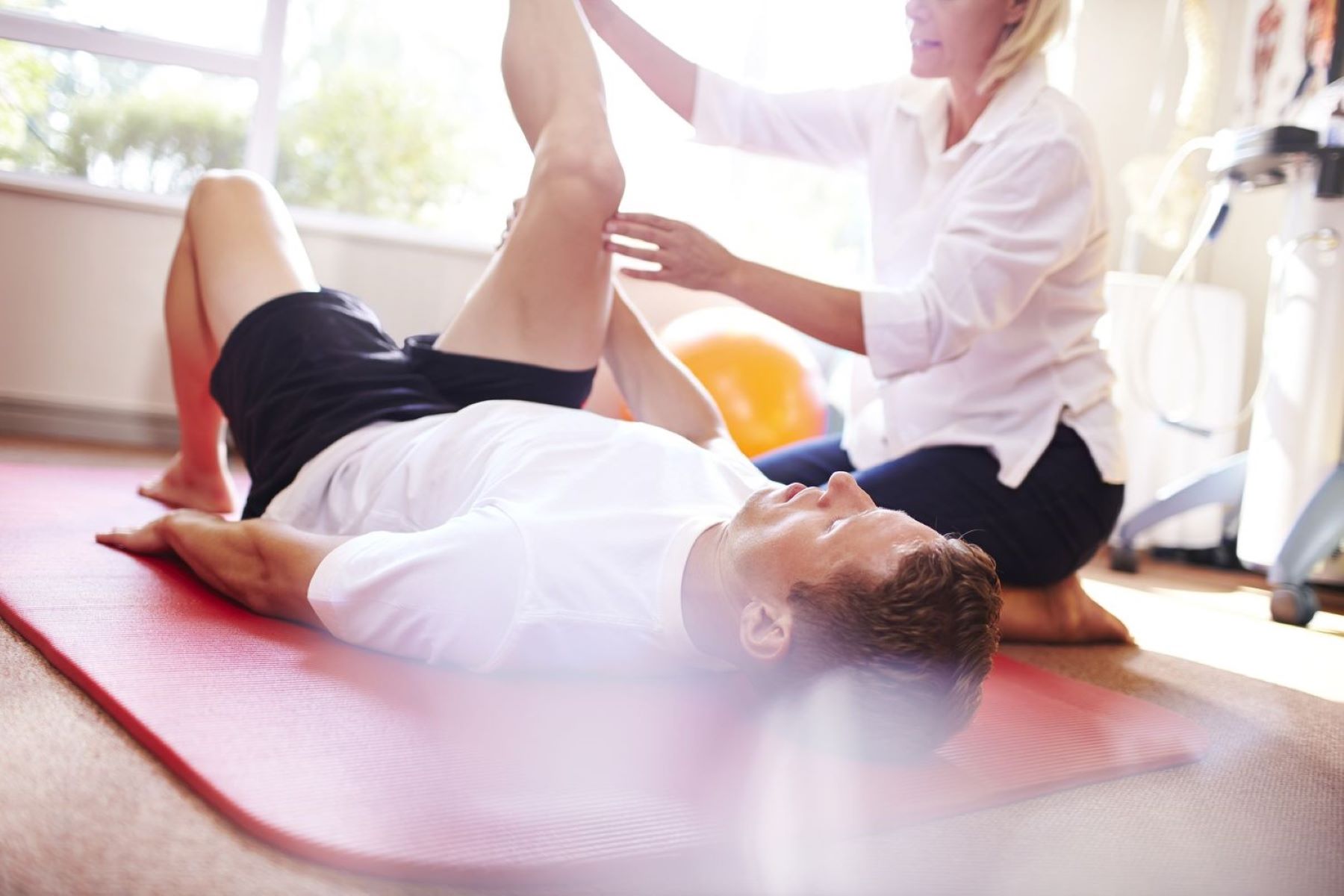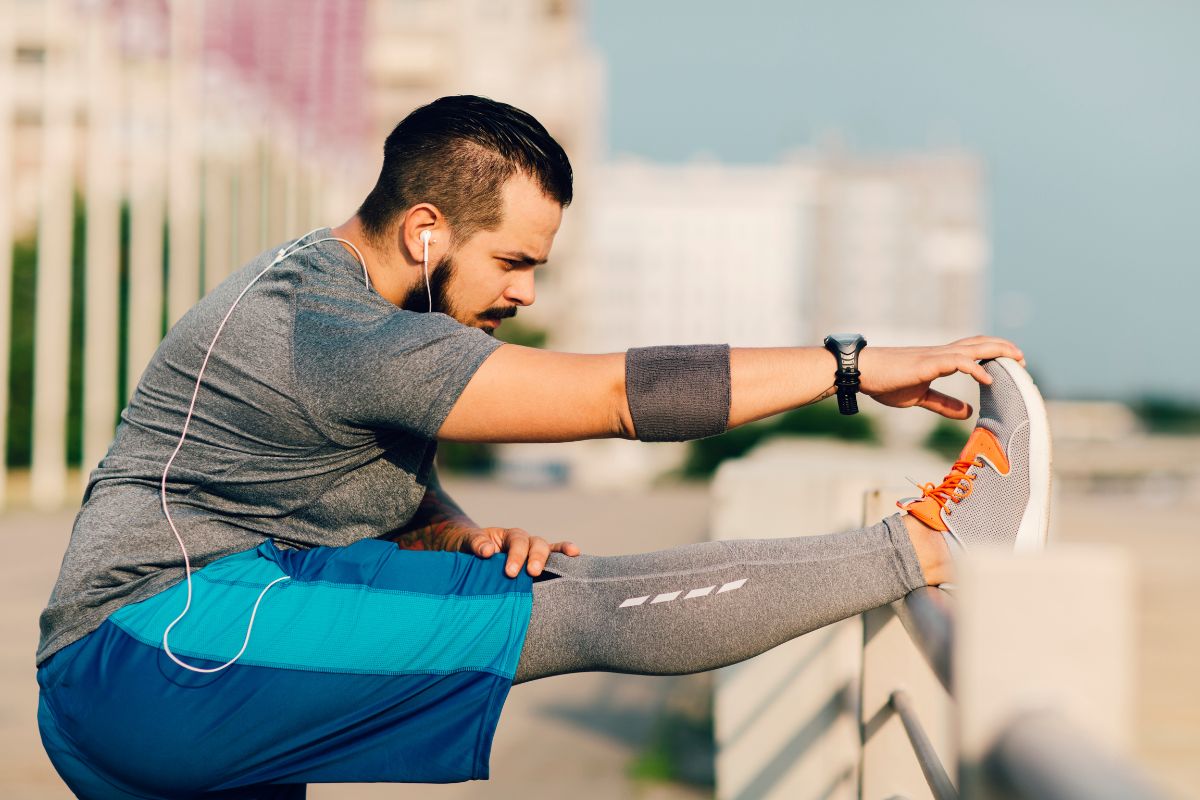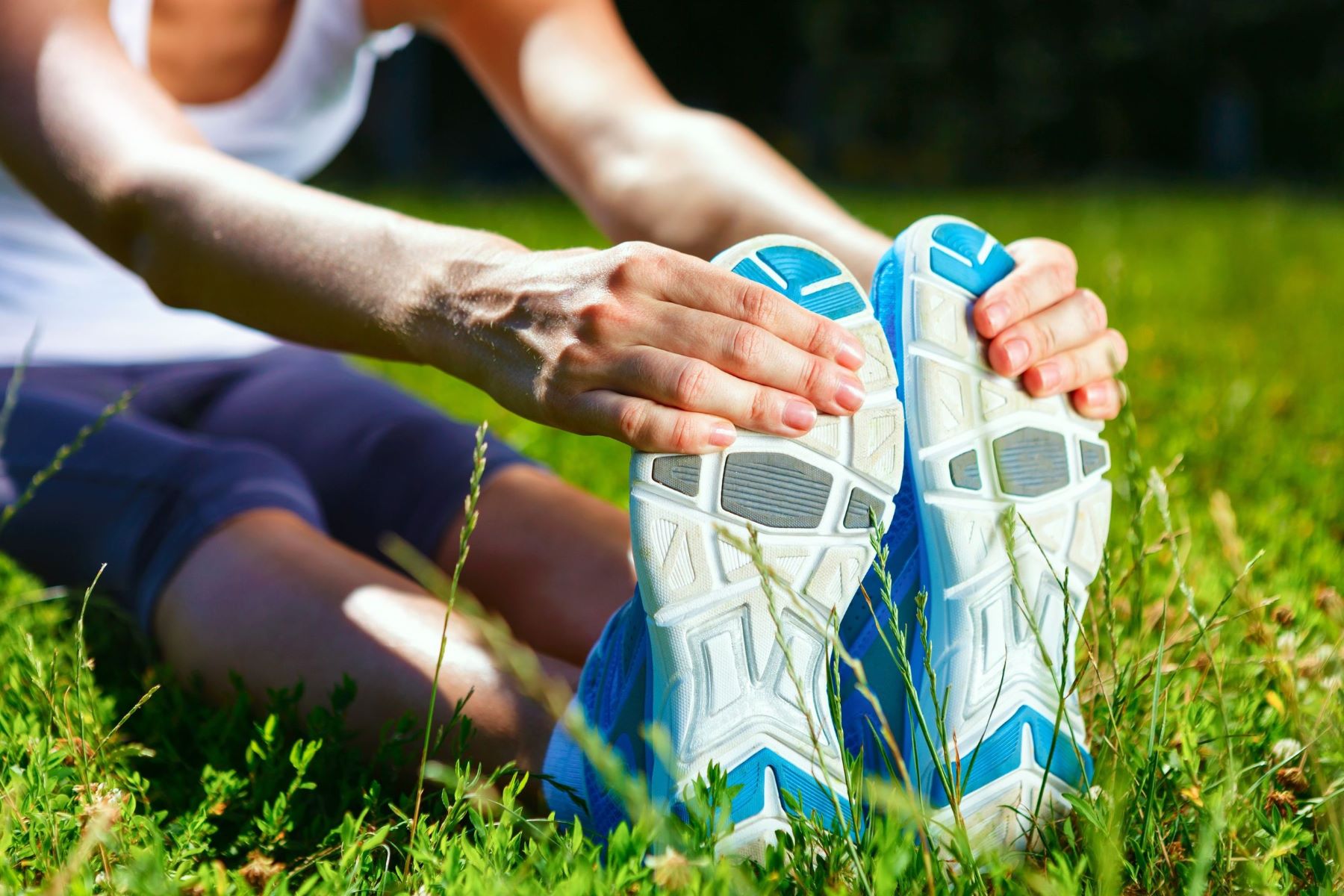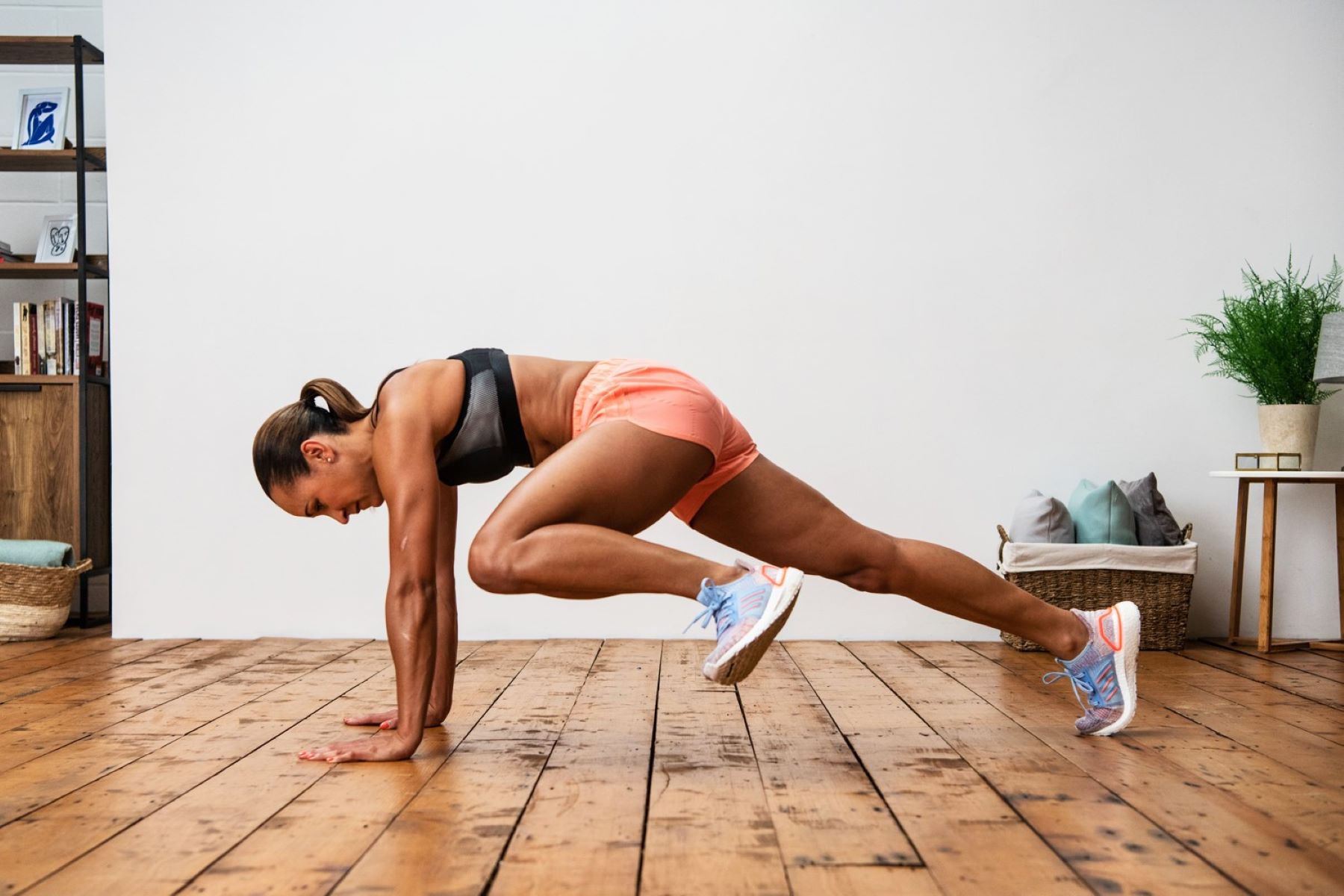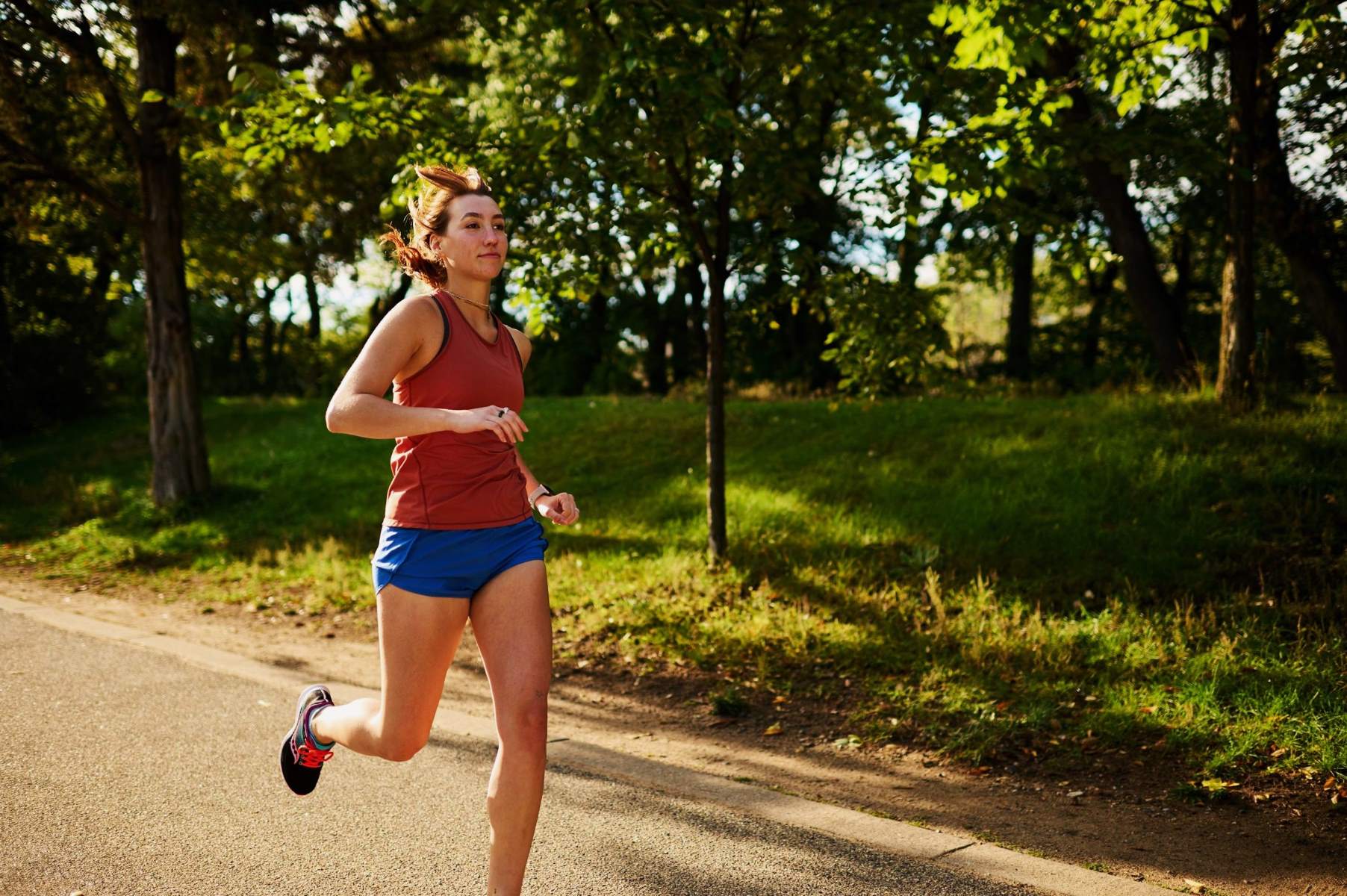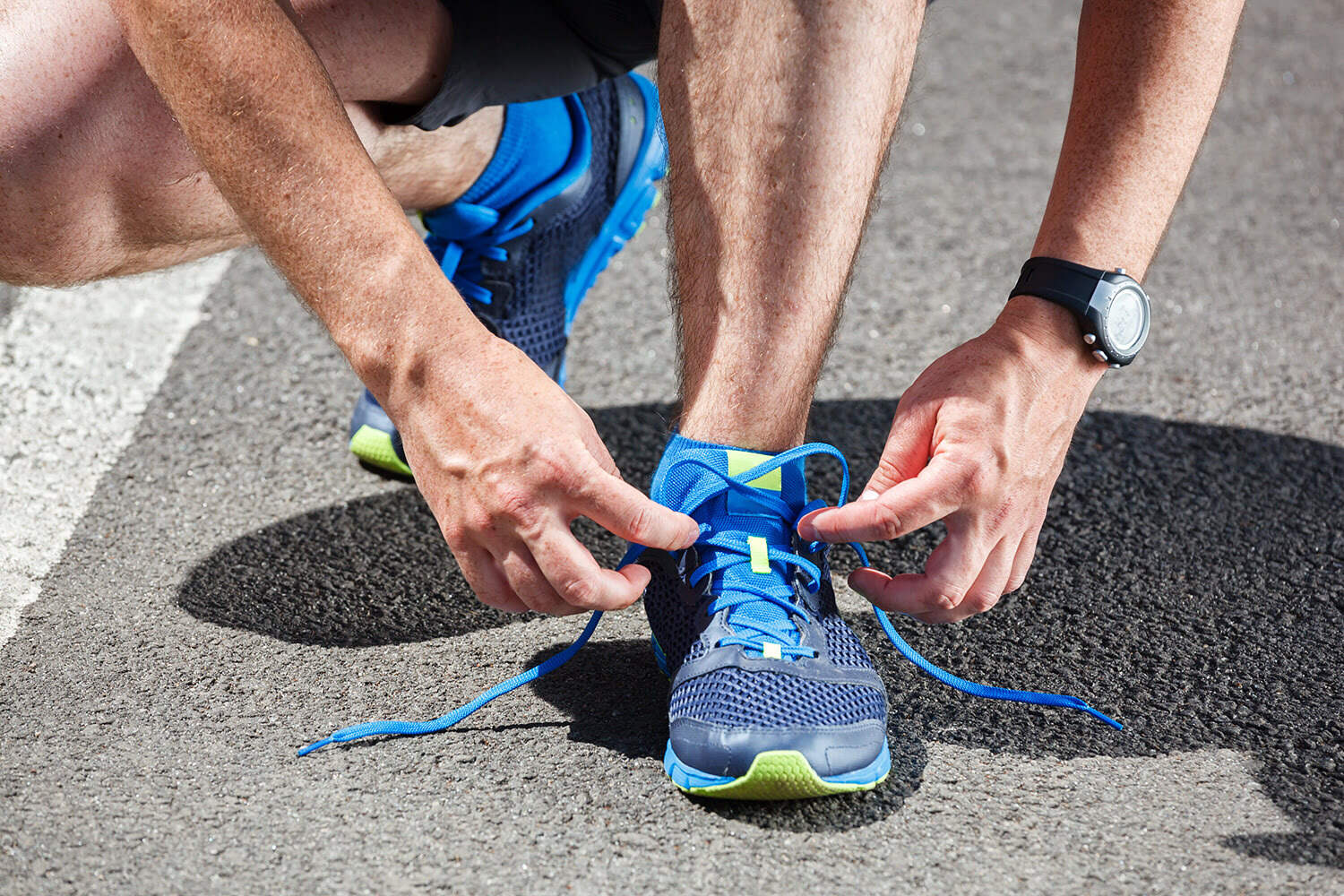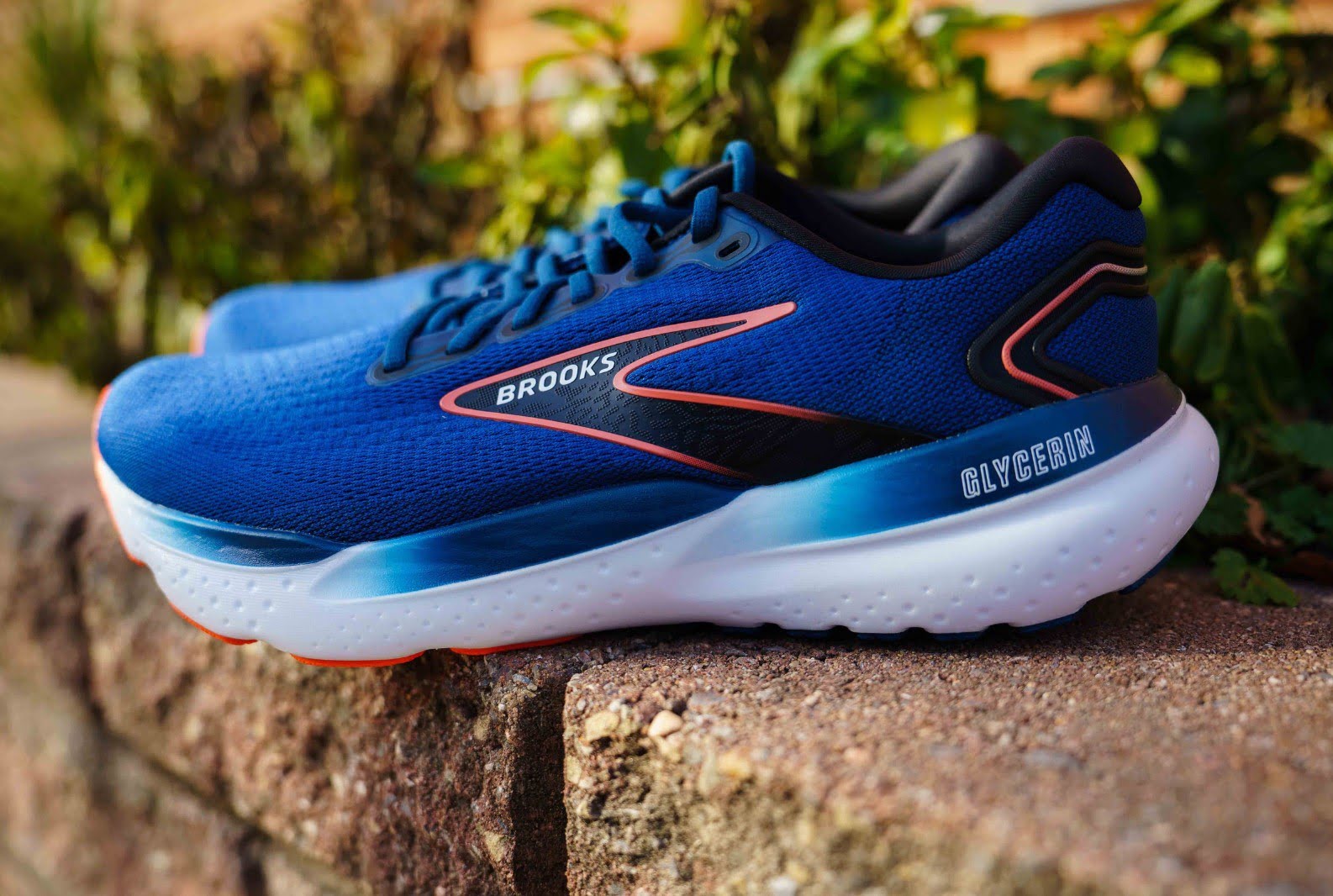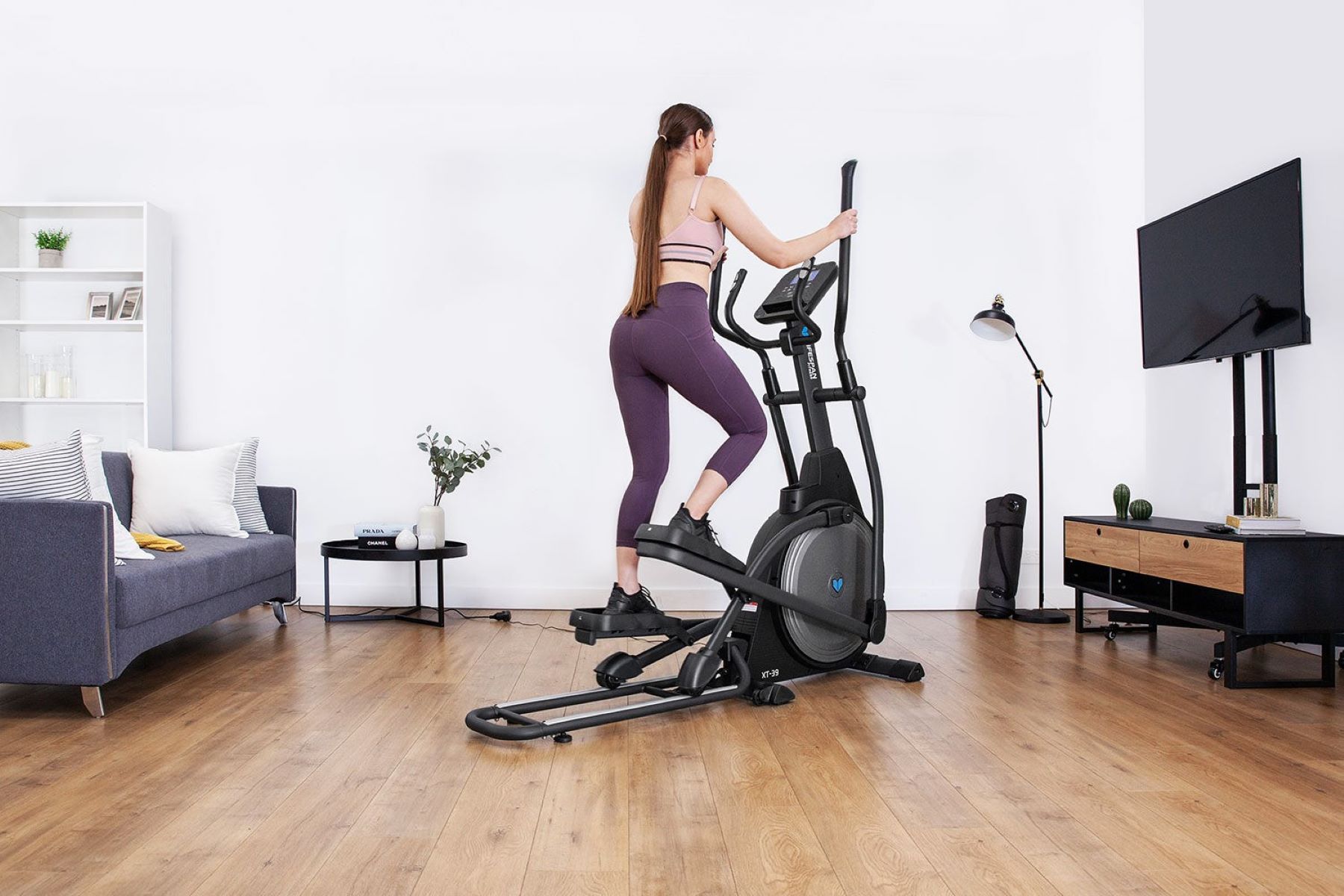Home>Health & Nutrition>Injury Prevention>Top 4 Back Stretches Recommended For Runners
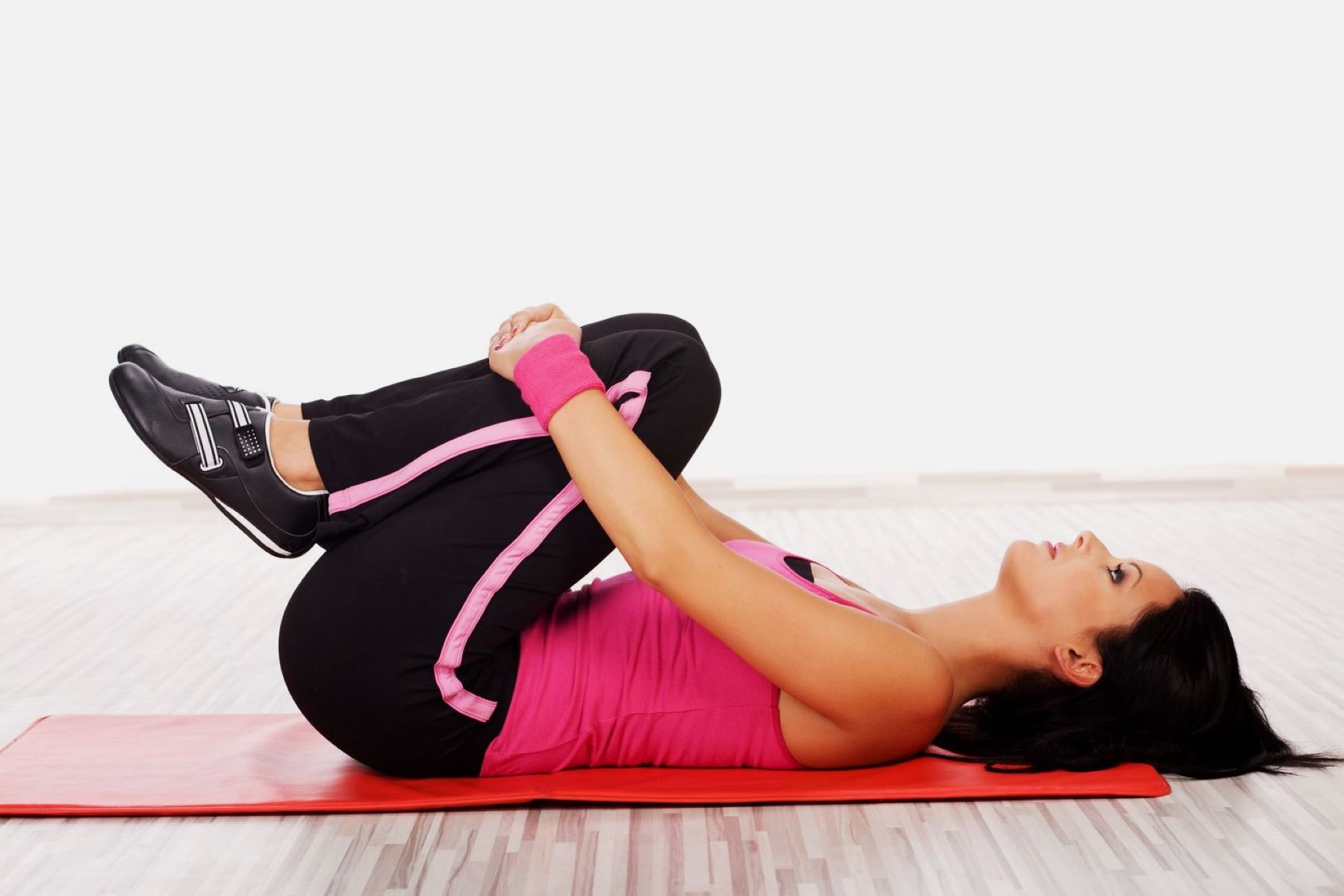

Injury Prevention
Top 4 Back Stretches Recommended For Runners
Published: February 24, 2024
Prevent running injuries with these top 4 back stretches recommended for runners. Incorporate these stretches into your routine to improve flexibility and reduce the risk of injury.
(Many of the links in this article redirect to a specific reviewed product. Your purchase of these products through affiliate links helps to generate commission for Therunningadvisor.com, at no extra cost. Learn more)
Table of Contents
Introduction
As a runner, maintaining a strong and flexible back is crucial for overall performance and injury prevention. Back stretches play a pivotal role in ensuring that the muscles supporting the spine are supple and resilient, allowing runners to move with ease and reducing the risk of discomfort or injury. In this article, we will explore the top four back stretches recommended for runners, each designed to target specific areas of the back and promote flexibility and strength.
A strong and flexible back is essential for runners, as it supports the body's posture and movement during running. By incorporating targeted back stretches into their routine, runners can enhance their overall performance and reduce the likelihood of experiencing back pain or discomfort. Whether you are a seasoned marathon runner or a casual jogger, these stretches can benefit individuals at any level of experience.
By incorporating these back stretches into your regular fitness regimen, you can improve your running performance and reduce the risk of back-related injuries. Let's delve into the details of each recommended stretch and explore how they can contribute to your overall well-being as a runner.
Importance of Back Stretches for Runners
Maintaining a strong and flexible back is paramount for runners, as it directly impacts their performance and overall well-being. The repetitive motion of running places significant stress on the back muscles, making them susceptible to tightness and potential injury. Engaging in targeted back stretches not only enhances flexibility but also helps in preventing discomfort and potential injuries.
Back stretches play a crucial role in promoting flexibility and strength in the muscles that support the spine. By incorporating these stretches into their routine, runners can alleviate muscle tension, improve their posture, and reduce the risk of developing chronic back pain. Additionally, a flexible back allows for a wider range of motion, enabling runners to move more efficiently and with reduced strain on their muscles.
Furthermore, back stretches aid in the prevention of common running-related injuries such as muscle strains, spasms, and even more serious conditions like herniated discs. By regularly engaging in these stretches, runners can mitigate the impact of the repetitive stress placed on their back muscles, thereby reducing the likelihood of experiencing discomfort or sustaining an injury.
Incorporating back stretches into a runner's routine also contributes to overall body awareness and balance. These stretches not only target the back muscles but also engage the core and lower body, promoting a holistic approach to injury prevention and performance enhancement. A strong and flexible back, coupled with a balanced musculature, allows runners to maintain proper form and technique, ultimately improving their running efficiency and reducing the risk of overcompensation in other muscle groups.
In essence, the importance of back stretches for runners cannot be overstated. By prioritizing the flexibility and strength of their back muscles, runners can optimize their performance, reduce the risk of injury, and enhance their overall well-being. With these benefits in mind, it becomes clear that incorporating back stretches into a runner's routine is a fundamental aspect of their training and maintenance of a healthy, resilient body.
Stretch 1: Cat-Cow Stretch
The Cat-Cow stretch is a dynamic and effective yoga-inspired movement that targets the entire length of the spine, making it an excellent choice for runners looking to enhance flexibility and alleviate tension in their back muscles. This stretch is named after the movements of a cat and a cow, mimicking the arching and rounding of the spine to promote mobility and release stiffness.
To perform the Cat-Cow stretch, start on your hands and knees in a tabletop position, ensuring that your wrists are directly beneath your shoulders and your knees are aligned with your hips. As you inhale, gently arch your back, allowing your belly to sink towards the floor while lifting your head and tailbone towards the ceiling. This movement resembles the posture of a cow. As you exhale, round your spine towards the ceiling, tucking your chin to your chest and drawing your navel towards your spine, emulating the posture of a stretching cat. Repeat this sequence, flowing smoothly between the two positions while synchronizing your breath with the movements.
The Cat-Cow stretch offers a myriad of benefits for runners. It helps to increase the flexibility of the spine, promoting a wider range of motion and reducing the likelihood of stiffness or discomfort during running. By engaging in this stretch, runners can also alleviate tension in the back muscles, particularly in the lumbar region, where tightness often accumulates due to the repetitive impact of running. Additionally, the rhythmic motion of the Cat-Cow stretch encourages improved circulation to the spine, promoting the delivery of essential nutrients and oxygen to the back muscles, which is vital for their overall health and function.
Moreover, the Cat-Cow stretch engages the core muscles, contributing to improved stability and balance, which are essential for maintaining proper running form and reducing the risk of injury. By incorporating this stretch into their routine, runners can cultivate a heightened awareness of their spinal alignment and posture, which can translate to more efficient and sustainable running mechanics.
Incorporating the Cat-Cow stretch into a pre-run or post-run routine can help runners prepare their bodies for physical activity or aid in the recovery process, respectively. Its gentle yet effective nature makes it suitable for individuals of all fitness levels, providing a versatile and accessible option for enhancing back flexibility and overall well-being.
In summary, the Cat-Cow stretch is a valuable addition to a runner's repertoire of back stretches, offering a holistic approach to promoting spinal flexibility, alleviating muscle tension, and enhancing overall performance. By integrating this stretch into their routine, runners can experience the transformative benefits of a supple and resilient back, ultimately contributing to a more enjoyable and sustainable running experience.
Stretch 2: Child's Pose
Child's Pose, known as "Balasana" in yoga, is a restorative and deeply relaxing stretch that targets the lower back, hips, and thighs. This gentle yet powerful stretch offers runners an opportunity to release tension, improve flexibility, and promote a sense of calm within the body and mind.
To perform Child's Pose, begin by kneeling on the floor with your toes touching and your knees spread apart. As you exhale, lower your torso forward, allowing your forehead to rest on the ground and your arms to extend in front of you. Your hips should gently sink back towards your heels, creating a lengthening sensation along your spine and lower back. You can choose to keep your arms extended or place them alongside your body, whichever feels most comfortable for you. As you settle into the pose, focus on deep, rhythmic breathing, allowing your body to surrender to the stretch with each exhalation.
Child's Pose offers a multitude of benefits for runners, particularly in addressing the tightness and discomfort often experienced in the lower back and hips. By assuming this posture, runners can gently stretch and release tension in the muscles of the lower back, promoting a sense of ease and suppleness in this crucial area. Additionally, Child's Pose provides a gentle stretch to the hips and thighs, areas that can become tight and restricted from the repetitive motion of running. This release of tension in the lower body contributes to improved mobility and reduced risk of strain or injury during running.
Moreover, Child's Pose serves as a valuable opportunity for runners to cultivate a sense of relaxation and mental clarity. The gentle compression of the abdomen against the thighs in this posture can have a soothing effect on the nervous system, promoting a sense of calm and tranquility. This aspect of the stretch is particularly beneficial for runners seeking to alleviate mental and physical stress, allowing them to approach their runs with a renewed sense of focus and composure.
Incorporating Child's Pose into a pre-run or post-run routine can serve as a grounding and centering practice, preparing the body for physical activity or aiding in the recovery process. Its restorative nature makes it an ideal stretch for runners looking to balance the demands of their training with moments of relaxation and rejuvenation.
In summary, Child's Pose offers runners a valuable opportunity to release tension, improve flexibility, and cultivate a sense of calm within the body and mind. By integrating this stretch into their routine, runners can experience the transformative benefits of a supple and resilient lower back, hips, and thighs, ultimately contributing to a more balanced and sustainable running experience.
Stretch 3: Seated Forward Bend
The Seated Forward Bend, also known as Paschimottanasana in yoga, is a rejuvenating and deeply restorative stretch that targets the entire length of the back, particularly the hamstrings, lower back, and spine. This gentle yet powerful stretch offers runners an opportunity to release tension, improve flexibility, and promote a sense of calm within the body and mind.
To perform the Seated Forward Bend, begin by sitting on the floor with your legs extended in front of you. Ensure that your spine is tall and your sitting bones are grounded firmly on the floor. As you inhale, lengthen your spine, and as you exhale, hinge at the hips to fold forward, reaching towards your feet. You can choose to hold onto your shins, ankles, or feet, depending on your level of flexibility. Focus on leading with your chest and maintaining a long spine as you fold forward. If reaching your feet feels challenging, you can use a yoga strap or towel to loop around the soles of your feet, providing support as you deepen into the stretch.
The Seated Forward Bend offers a myriad of benefits for runners, particularly in addressing the tightness and discomfort often experienced in the hamstrings and lower back. By assuming this posture, runners can gently stretch and release tension in the muscles of the lower back and hamstrings, promoting a sense of ease and suppleness in these crucial areas. Additionally, the elongation of the spine in this stretch contributes to improved posture and spinal flexibility, essential for maintaining proper running form and reducing the risk of injury.
Moreover, the Seated Forward Bend serves as an opportunity for runners to cultivate a sense of introspection and mental clarity. The forward folding motion in this posture can have a calming effect on the mind, allowing runners to release mental tension and find a sense of inner calm. This aspect of the stretch is particularly beneficial for runners seeking to enhance their mental focus and emotional well-being, providing a moment of respite from the demands of their training.
Incorporating the Seated Forward Bend into a pre-run or post-run routine can serve as a grounding and centering practice, preparing the body for physical activity or aiding in the recovery process. Its restorative nature makes it an ideal stretch for runners looking to balance the physical demands of their training with moments of relaxation and rejuvenation.
In summary, the Seated Forward Bend offers runners a valuable opportunity to release tension, improve flexibility, and cultivate a sense of calm within the body and mind. By integrating this stretch into their routine, runners can experience the transformative benefits of a supple and resilient lower back, hamstrings, and spine, ultimately contributing to a more balanced and sustainable running experience.
Read more: Top 5 Calf Stretches Recommended For Runners
Stretch 4: Standing Forward Bend
The Standing Forward Bend, also known as Uttanasana in yoga, is a rejuvenating and deeply restorative stretch that targets the entire back, hamstrings, and calves. This gentle yet powerful stretch offers runners an opportunity to release tension, improve flexibility, and promote a sense of calm within the body and mind.
To perform the Standing Forward Bend, begin by standing tall with your feet hip-width apart. As you exhale, hinge at the hips, allowing your torso to fold forward over your legs. You can choose to bend your knees slightly if needed to maintain comfort and ease in the stretch. Let your arms hang towards the ground or hold onto opposite elbows, allowing your head and neck to relax. Focus on lengthening your spine with each breath, finding a balance between surrendering to the stretch and maintaining a sense of ease in the posture.
The Standing Forward Bend offers a multitude of benefits for runners, particularly in addressing the tightness and discomfort often experienced in the back, hamstrings, and calves. By assuming this posture, runners can gently stretch and release tension in these areas, promoting a sense of ease and suppleness. Additionally, the elongation of the spine in this stretch contributes to improved posture and spinal flexibility, essential for maintaining proper running form and reducing the risk of injury.
Moreover, the Standing Forward Bend serves as an opportunity for runners to cultivate a sense of introspection and mental clarity. The forward folding motion in this posture can have a calming effect on the mind, allowing runners to release mental tension and find a sense of inner calm. This aspect of the stretch is particularly beneficial for runners seeking to enhance their mental focus and emotional well-being, providing a moment of respite from the demands of their training.
Incorporating the Standing Forward Bend into a pre-run or post-run routine can serve as a grounding and centering practice, preparing the body for physical activity or aiding in the recovery process. Its restorative nature makes it an ideal stretch for runners looking to balance the physical demands of their training with moments of relaxation and rejuvenation.
In summary, the Standing Forward Bend offers runners a valuable opportunity to release tension, improve flexibility, and cultivate a sense of calm within the body and mind. By integrating this stretch into their routine, runners can experience the transformative benefits of a supple and resilient back, hamstrings, and calves, ultimately contributing to a more balanced and sustainable running experience.
Conclusion
In conclusion, the incorporation of targeted back stretches into a runner's routine is essential for promoting flexibility, alleviating muscle tension, and reducing the risk of injury. The top four back stretches recommended for runners – Cat-Cow Stretch, Child's Pose, Seated Forward Bend, and Standing Forward Bend – offer a holistic approach to enhancing back flexibility and overall well-being.
By engaging in these stretches, runners can address the specific areas of the back, including the spine, lower back, and hips, which are subjected to repetitive stress during running. The dynamic and fluid movements of the Cat-Cow Stretch provide a comprehensive stretch for the entire length of the spine, promoting mobility and release of stiffness. Child's Pose offers a restorative stretch that targets the lower back, hips, and thighs, providing a moment of relaxation and rejuvenation. The Seated Forward Bend and Standing Forward Bend focus on elongating the spine and stretching the hamstrings and calves, contributing to improved posture and flexibility.
Furthermore, these stretches not only aid in physical preparation and recovery but also foster mental clarity and emotional well-being. The rhythmic breathing and gentle compression in these stretches create a sense of calm and introspection, allowing runners to release mental tension and approach their runs with renewed focus and composure.
Incorporating these back stretches into a pre-run or post-run routine can significantly contribute to a runner's overall performance and well-being. The benefits extend beyond physical flexibility to encompass mental resilience and emotional balance, creating a more sustainable and enjoyable running experience.
Ultimately, the top four back stretches recommended for runners serve as invaluable tools for enhancing back flexibility, alleviating muscle tension, and promoting a balanced approach to physical and mental well-being. By integrating these stretches into their routine, runners can experience the transformative benefits of a supple and resilient back, ultimately contributing to a more enjoyable and sustainable running experience.

